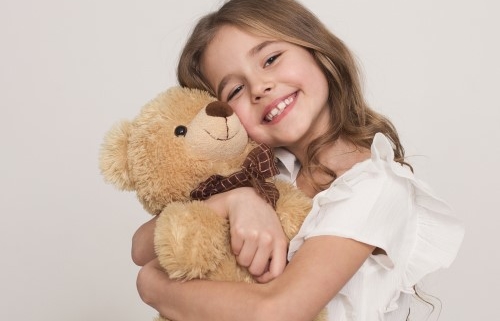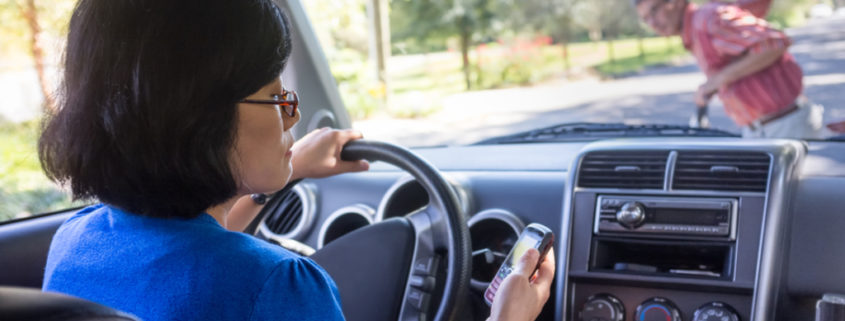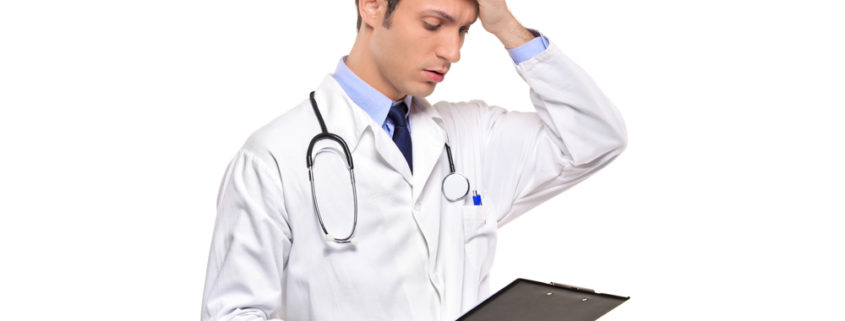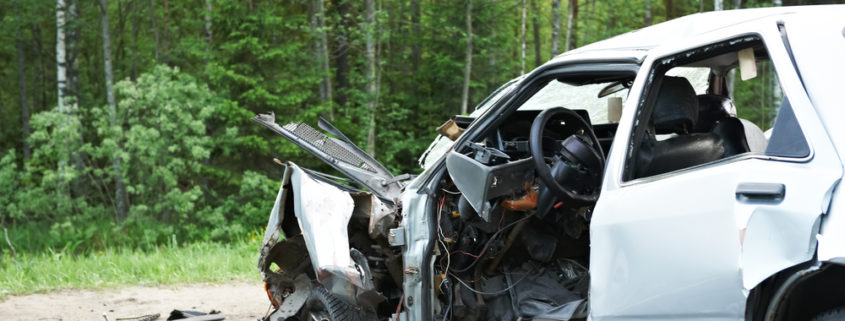Practice Toy Safety Year-Round
Most parents learn about toy safety during the Holidays, when consumer safety advocates drive home the message that what might seem like a harmless toy could very well put your child in danger. But toys are bought year-round, and parents may forget that toy hazards may be hiding in plain sight. Learning about toy safety and which toys pose a risk to a child could very well prevent an unfortunate accident.
Worst Toys
Each year, the consumer advocate group World Against Toys Causing Harm (W.A.T.C.H.) releases a list of toys that parents should avoid. They evaluate toys for hazards such as potential for strangulation, damage to eyes, choking, and other dangers. Last year’s “Worst Toys” list included a Cabbage Patch doll, a Marvel Black Panther Slash Claw, and a Power Rangers Super Ninja Steel Superstar Blade.
The group points out that the toys on their list aren’t the only ones that may be dangerous, but they represent some of the common hazards. Some of W.A.T.C.H.’s safety tips for parents when buying toys include avoiding anything with small parts, toxic materials, projectiles, or strings. They also caution that sometimes toys also come with unreliable age instructions or insufficient warnings.
Toy Injuries Increase
The Consumer Product Safety Commission (CPSC) estimates that 251,700 children were injured by toys in 2017. Of these, 13 deaths occurred in children younger than 15. Rather than toy injuries decreasing over the years, a 2014 study found that toy-related injuries actually increased by 40 percent between 1990 and 2011.
Toy Safety Tips
What can you do to keep your child safe? Check to see if any of your child’s toys are on the CPSC’s recall list. W.A.T.C.H. cautions against toys sold on the internet that don’t have warnings or age recommendations on the website; toys that have longer than six-inch strings; and toys that need batteries (for children under eight years of age).
Toy safety tips from the American Academy of Pediatrics include selecting age-appropriate toys that will build developmental skills. They caution about toys that have small pieces, batteries, magnets, and balloons for small children, and digital toys for older kids.
Be vigilant when choosing toys, and remember that toy safety should be a priority all year. That popular new toy might not be as harmless as it looks.








